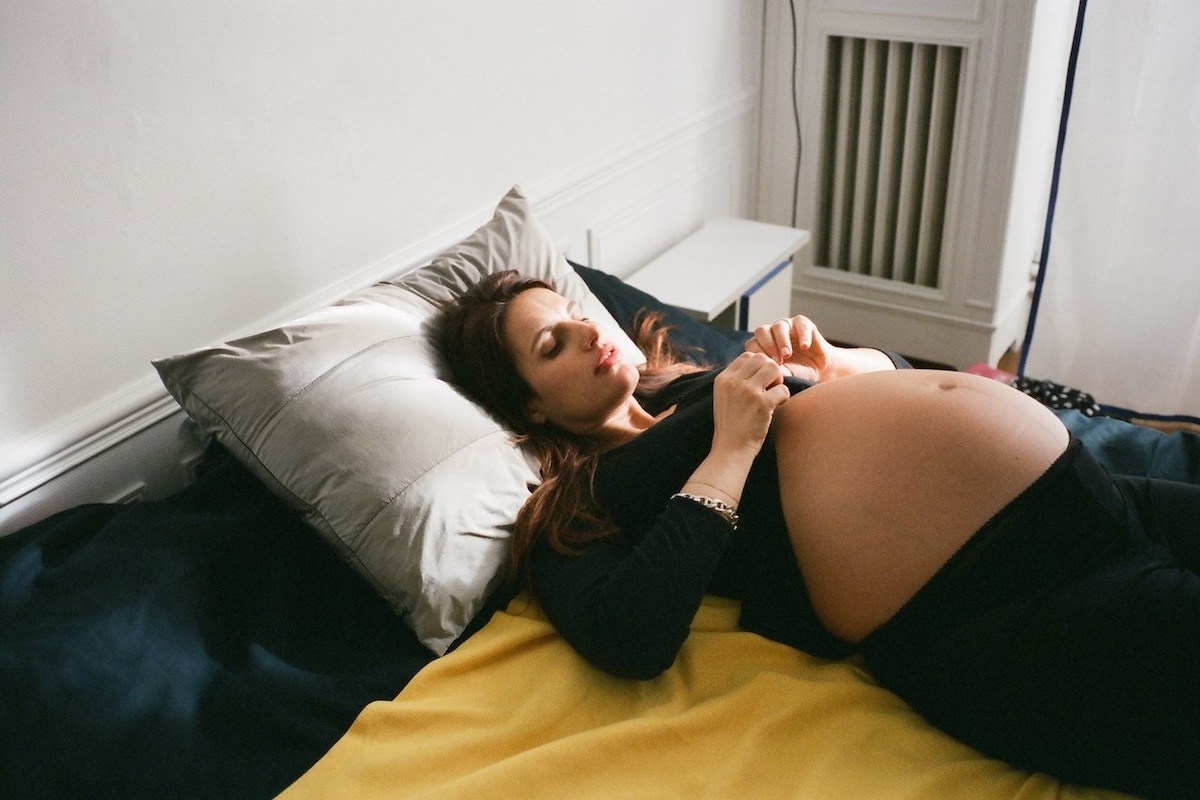
"My parents had a photocopy shop, so I grew up playing with paper. The big rolls came in cardboard tubes that seemed huge and I remember building things out of them. Years later, during my studies, I encountered a project by Shigeru Ban, one of the first Japanese architects to use cardboard tubes as a structural element in his buildings. Seeing this ordinary material used on such a scale was so exciting it was so visually poetic."
"Something that really resonates is the Japanese approach to what is considered valuable. Even toilet paper used brilliantly is more luxurious than marble or gold used stupidly. Think about all the beauty created with paper in Japan, from wall coverings to lamps. It's not an expensive material but I find it regal because it has elegance, logic, simplicity and practicality qualities that I find most precious."
"Despite being based in Paris now, Ana Kras is known for a fundamental concept of beauty that owes almost everything to her roots in the former Socialist Republic of Serbia and the influence of Japanese architecture and design. Whether it be homeware, furniture, clothing, drawings or photography, an object or artwork made by Kras is a crystallised example of the philosophy she began to form as a child, playing with leftover paper in her parents' shop in Belgrade, Serbia's capital."
Ana Kras grew up in Belgrade surrounded by paper in her parents' photocopy shop and began creating collages and sculptures from cardboard tubes. Exposure to Shigeru Ban's large-scale use of cardboard tubes reinforced the beauty and structural potential of ordinary paper. The Japanese aesthetic of valuing practical, simple materials influenced her view that well-used paper can feel more luxurious than misused marble or gold. She works with handmade papers from China, India, Japan and Nepal and embraces slight imperfections that make each sheet unique. Her work spans homeware, furniture, clothing, drawings and photography, exemplified by pieces such as the Bonbon lampshade.
Read at www.anothermag.com
Unable to calculate read time
Collection
[
|
...
]